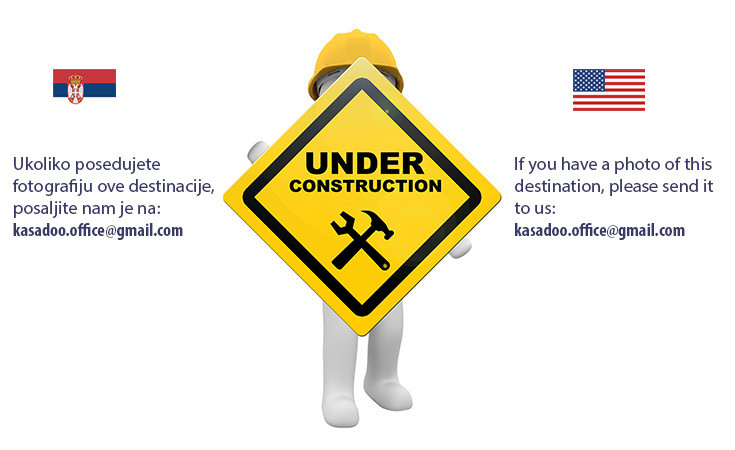
In a colorful city of the Mediterranean spirit, such as Lisbon, there is a museum of Oriental culture, which fits perfectly with the cheerful capital of Portugal. Only a warehouse used to be on the site of today's museum, and today this space is dedicated to the culture of Asia with great love, but with the admixture of Portugal and its influence on the East Asian continent. Chinese, Japanese and Indonesian culture can be seen in this museum, with the influence of the Portuguese colonies in these territories.
Exhibits such as furniture, ceramics, paintings, textiles (silk) are presented as a permanent exhibition of the museum. On the Asian continent, Portugal had its colonies and left a great influence on Asian culture, just like Asian culture on Portugal. Portugal was once a world power in trade, especially in the field of spice trade. Everything went from Asia to Europe.
That’s why you can see famous maps from a certain period in history, antiques, relics, ceramics, porcelain, as well as some exhibits from Hindu and Buddhist culture (religion). The Asian collection called "KVOK ON" contains as many as 13.000 items. The largest collection of oriental masks and costumes can be seen in the Orient Museum.
The exhibits called "Asian Gods" attract the most attention, and their goal is to bring the religion and mythology of the East closer to Europe, mostly through masks, costumes, paintings and statues, and all this mostly refers to the Asian culture of the 16th century. In addition to spices, costumes, masks and other objects of "culture" were also traded. Apart from the fact that the original purpose of this place is a museum, it is not only that - there is an educational center here, where you can learn a lot about Asian culture, but also about food.
Visitors here can learn how to prepare delicious Asian dishes, but also to eat them, because there is also a restaurant of exotic Asian cuisine in this area. The Orient Museum is a small museum, but everything in it is a real discovery and an invaluable treasure. In addition to the classic museum tour, it is possible to buy tickets that include a tour and lunch at an Asian restaurant.
Some visitors will say that this kind of museum is a bit claustrophobic and "dark", despite all the colors of Asia and the joy that reigns in their culture, but Asian culture is really different, misunderstood and insufficiently accepted by other people. It is recommended that the Orient Museum be visited slowly and with great patience and understanding.
 Ticket price for the Museum of the Orient
Ticket price for the Museum of the Orient
Regular ticket price 6 euros
Reduced ticket price 3.50 euros - for pensioners
Reduced ticket price 2.50 euros - for students
Reduced ticket price 2 euros - from 6 to 12 years
family with 3 children under 18-14 euros
Free entrance for children up to 6 years
 Radno vreme muzeja Orijenta
Radno vreme muzeja Orijenta
Od utorka do nedelje od 10h do 18h
petkom od 10h do 20h (od 18h do 20h besplatan ulaz)
zadnji ulazak 30 minuta pre zatvaranja.
Author of the text:

Maja Glavaš, Bachelor with Honours in Communicology. Works in Tourism.
Contact: [email protected]; instagram: travel_europe1